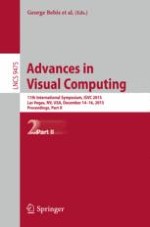2015 | OriginalPaper | Buchkapitel
Innovative Virtual Reality Application for Road Safety Education of Children in Urban Areas
verfasst von : Taha Ridene, Laure Leroy, Safwan Chendeb
Erschienen in: Advances in Visual Computing
Aktivieren Sie unsere intelligente Suche, um passende Fachinhalte oder Patente zu finden.
Wählen Sie Textabschnitte aus um mit Künstlicher Intelligenz passenden Patente zu finden. powered by
Markieren Sie Textabschnitte, um KI-gestützt weitere passende Inhalte zu finden. powered by
